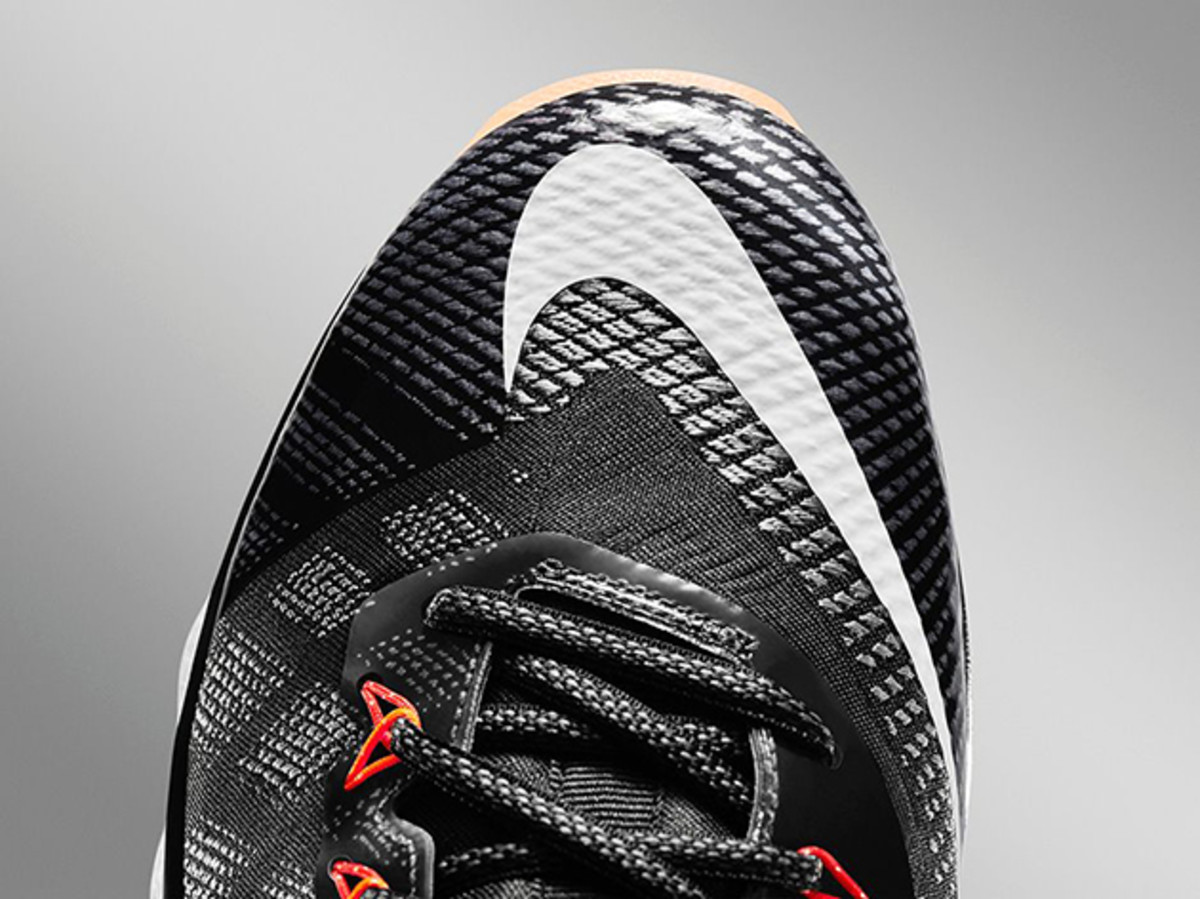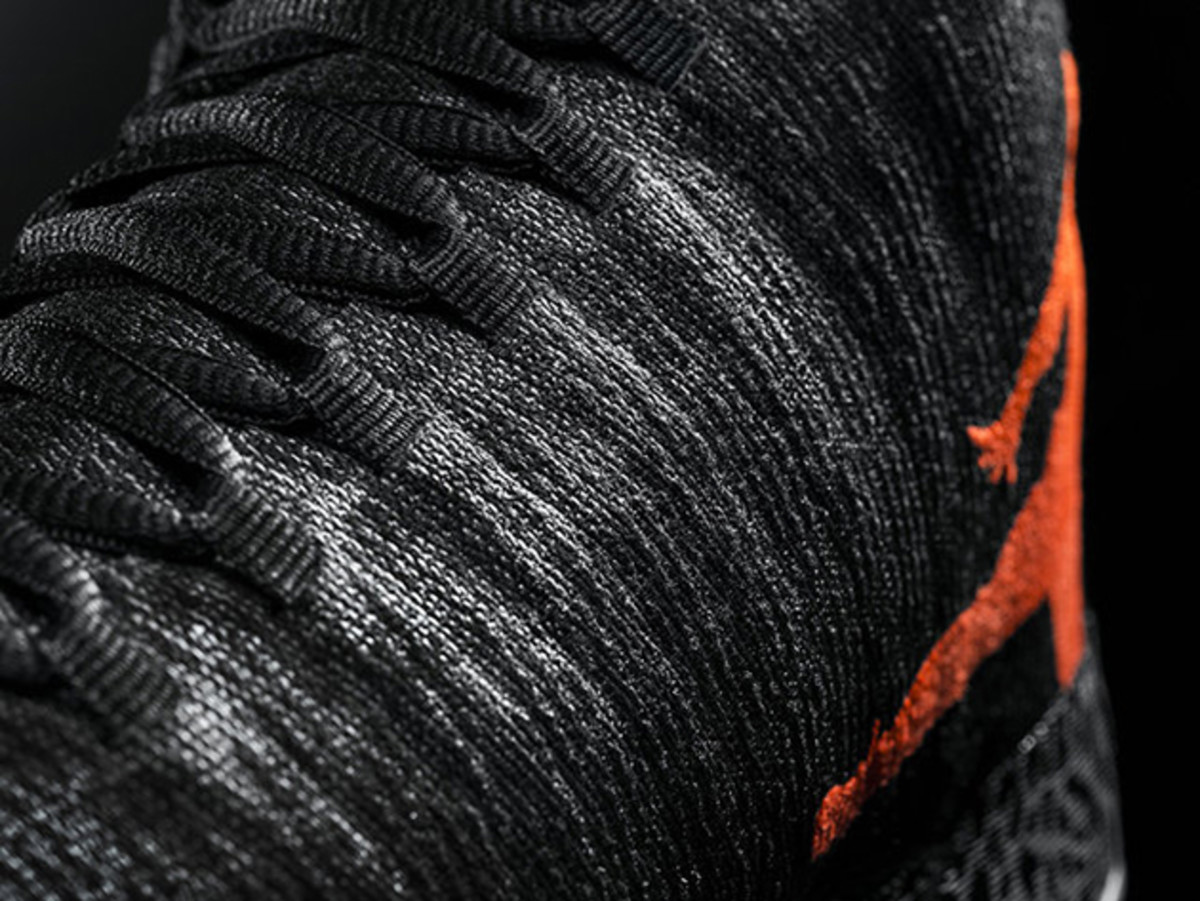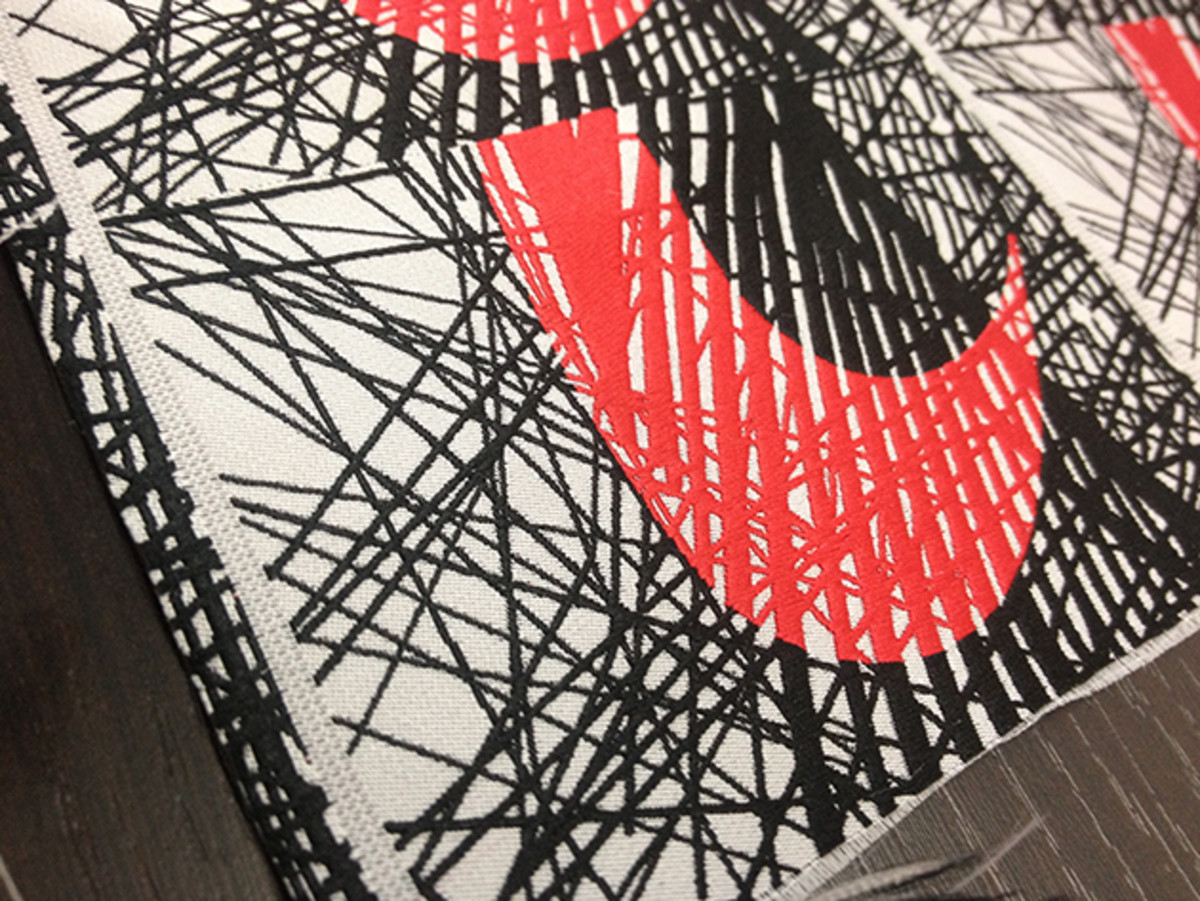Tech Talk: Nike’s Flyweave material steps up performance in shoe design

As Nike continues to build on its process of creating “engineered” textile shoe uppers, the company has progressed from knitting to weaving. The new process, Flyweave, produces stronger material and is more capable of fine-tuning support for sport-specific movements.
“Flyweave was like nothing else I’ve ever worked with in my 14 or so years of designing at Nike,” Leo Chang, Nike Basketball’s footwear design director, tells SI.com. “It went beyond industrial design into textiles design. I was tapping into a different world.”
Flyknit vs. Flyweave: What’s the difference?
Knitting and weaving both create textile. Knitting—Nike introduced Flyknit for footwear in 2012—uses multiple loops of yarn, with stitches building consecutive rows of interlocking loops. This process helped Nike—and Adidas and many other footwear designers and manufacturers since—to build shoes with less waste, while introducing a new aesthetic for footwear.
All along, though, Nike designer Thomas Bell has spent four years developing Flyweave. Intrigued by the woven structure of spacesuit materials he undertook a major research project that used the classic traditions of working on a loom, but with aerospace materials. Produced on a loom that interlaces two distinct sets of thread—the warp and weft—a woven seam connects every yarn, offering more strength than a knitted one and making Bell’s research and eventual finished Flyweave product something footwear designers in all sports can use.

What's the benefit of Flyweave?
Using a woven textile that creates a single piece of material, Bell and designers can engineer specific durability, strength and stability requirements in exact locations on the shoe, designing them for sport-specific needs.
By playing with materials—and computers—Bell found computer-aided engineering allowed him to customize to the megapixel. By modifying materials, designers can use the process to build everything from small pockets filled with foam for comfort and protection or Flywire cables within the weave for support.
“We have a growing group of designers that have used the technology and are excited by Flyweave’s potential to accomplish even more,” Bell says.

Where it's being used
Flyweave, albeit sans the fanfare and marketing name, debuted in the Air Jordan 29 in 2014. It has since made an appearance on the Nike TW ’15 for golf and the Nike CJ Elite TD cleat and Nike CJ3 Flyweave Trainer, both signature products for Calvin Johnson.
Tech Talk: Dynavision’s new reaction training and concussion recovery
signature basketball sneaker for Kevin Durant, brings it to the Nike mainstream.
Chang says that to design the KD8 he worked with a team of material designers, developers and engineers who “schooled me on everything I needed to know about weaving.”
“That process of working with these weaving experts was really fun and I learned so much,” he says. “Everything from building in the performance into each pixel of the weave to how color comes to life in the weave was different from the conventional footwear design process.”
In the KD8, specifically, Chang says, the natural structure of the woven material provides solid lateral support due to the linear direction of the yarn. “When tuned the right way,” he says, “it can lock you down like a seatbelt without losing the natural second-skin feel.”

What’s next?
With Flyweave already making appearances in basketball, football, training and golf, expect to see Nike move toward Flyweave as designers grow more comfortable using the new method.
The weave could well be the wave of the future.
Tim Newcomb covers stadiums, design and gear for Sports Illustrated. Follow him on Twitter at @tdnewcomb.
